The overlooked elegance of old media – why ‘expensive’ print works
I thought about asking ChatGPT to write this blog, but there is something to be said about recalling a personal experience. I don’t believe I saw the team from OpenAI at the recent Drupa printing trade show in Dusseldorf, Germany so I guess I’ll have to do this the old-fashioned way.
Ironically, I’m writing this about a profound keynote speech I had the pleasure of seeing on day two of Drupa about why digital advertising isn’t as clever as it looks. Rory Sutherland, Vice-Chairman of Oglivy, UK and founder of its Behavioural Science Practice, provided some brilliant insights into the value of print and tangible media.
Sutherland explains that digital marketing is not really marketing. Marketing is the practice of persuading somebody to buy your product who didn’t know they needed it for its full value. Most digital marketing at this point in time is essentially just coercing people who were likely going to buy a product anyway for a cheaper price and sooner. Efficiency is not the same as effectiveness, Sutherland continues to explain. Digital marketing is cheap, provides real-time metrics and can hit a large population with minimal effort, but it’s missing a large portion of the market.

Sutherland used this Daily Telegraph article example of a gentleman looking for a new home for his family using a somewhat primitive tactic of sending handwritten letters to homeowners in an area he admired. These houses were not even on the market, but could the owners be persuaded to sell? The personalisation and uniqueness of the approach yielded an effective outcome. Do you think he would have been as effective if he sent them all an email? Of course not, that almost seems rude. “There is something to be said about the overlooked elegance of old media”, Sutherland proclaimed.


In a post-speech interview Sutherland explains the philosophy of costly signalling, which he used examples of during his keynote. “If you receive two wedding invitations for the same date, one is delivered by email and the other is nicely designed and printed on stationery delivered by mail, which do you attend?” How much time and money you spend on something says a lot about how the product/service/event is valued and how much the prospective receiver is valued.
In a WARC Media graph showing full payback ad ROI in the UK, Sutherland displays that print has the highest return of £6.36 comparing to TV (£5.94), audio (£4.98), online video (£3.86), paid social (£3.20) and other notable media channels (see image). Sutherland proclaims, “It is not expensive if it is disproportionally effective”. These figures certainly validate this statement.

Sutherland recalled back in 1988 you were given the license to target by using expensive media to cut through to the people who mattered. In 2024 we simply define the people who matter as those who respond to cheap media. What I took from this keynote is that there is room for both strategies. As Sutherland proclaims, “The opposite of a good idea can be another good idea”. Just because digital marketing works in some markets and channels, it doesn’t mean we can’t also utilise a print campaign to target those we are missing.
Too often we allow data and logic to drive every decision to just capture the low-hanging fruit. Sometimes things just work that are void of logic and usually that has something to do with human emotion. Why do we still buy vinyl records when streaming is so much more convenient? Why do physical books still sell, when you can fit hundreds of them on a Kindle? It’s because we cherish owning something physical and expensive.
If you are working with a client who feels that print is an expensive option for their marketing then wear that as a badge of honour. It’s an elegant and influential medium that was out of fashion a while ago. The thing about fashion is that good trends come back around and can be better when harnessing modern technology to heighten its value. If everyone else is competing to sell their products for less in digital media, then why not consider a print campaign to stand out from the crowd?
